Home>Furniture>Kitchen Furniture>How To Repair A GE Microwave Oven
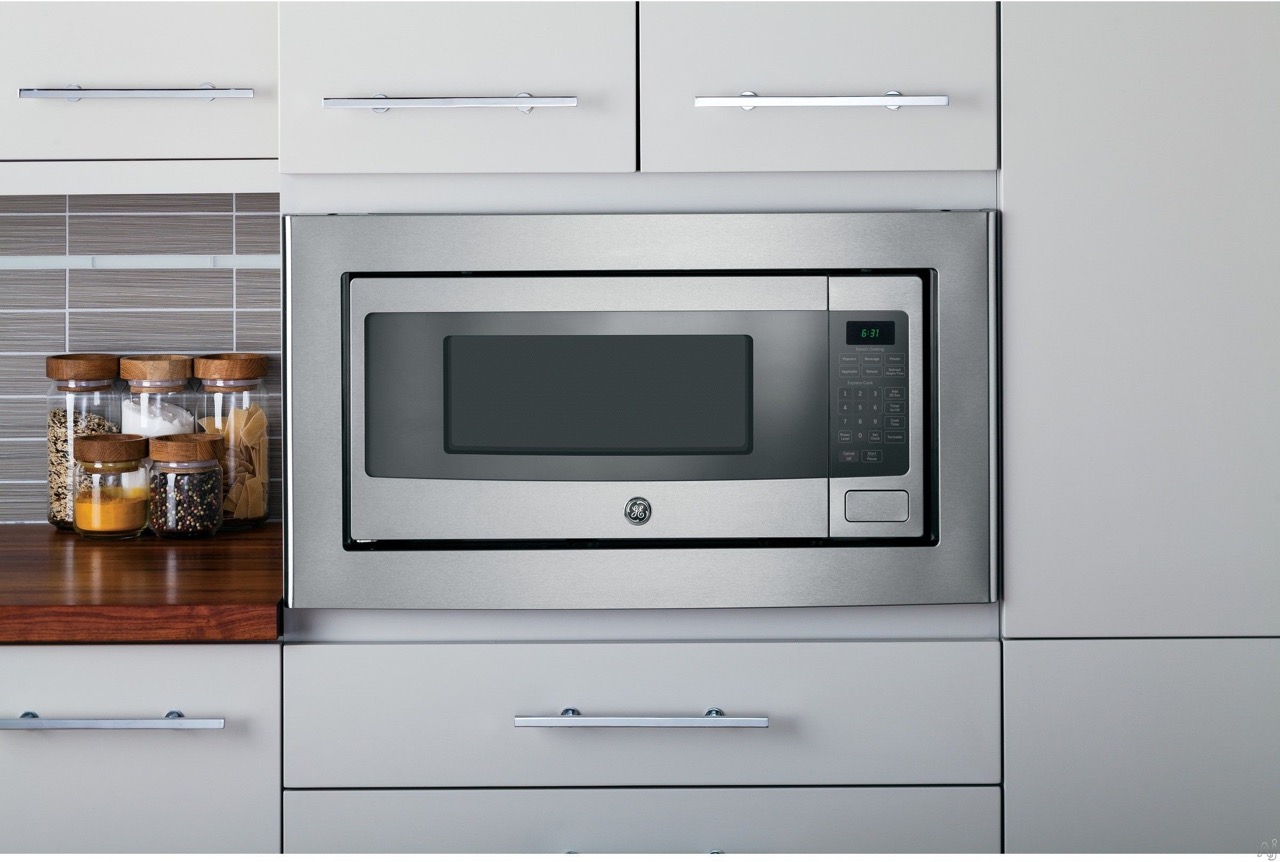

Kitchen Furniture
How To Repair A GE Microwave Oven
Modified: February 28, 2024
Looking for articles on how to repair a GE microwave oven? Find step-by-step guides, troubleshooting tips, and expert advice in this comprehensive collection.
(Many of the links in this article redirect to a specific reviewed product. Your purchase of these products through affiliate links helps to generate commission for Storables.com, at no extra cost. Learn more)
Introduction
Welcome to our guide on how to repair a GE microwave oven. Microwaves are an essential kitchen appliance that many of us rely on for convenient and quick meal preparation. However, like any other electronic device, microwave ovens can experience issues that may require repair. Instead of immediately rushing to buy a new one, you may be able to save both money and time by troubleshooting and fixing the problem yourself.
In this article, we will provide you with a step-by-step guide to help you diagnose and repair common issues with your GE microwave oven. Before we dive into the repair process, it’s important to note that safety should always be a top priority. Make sure to follow the safety precautions outlined below and exercise caution throughout the entire repair process.
Remember, if you are not comfortable or confident in your ability to repair the microwave oven, it is always best to seek professional assistance. With that said, let’s get started with the necessary safety precautions to ensure your well-being during the repair process.
Key Takeaways:
- Save time and money by repairing your GE microwave oven with this comprehensive guide. Follow safety precautions, diagnose issues, order replacement parts, and restore functionality with confidence.
- Take control of your kitchen appliances by learning to troubleshoot, test, and replace faulty components in your GE microwave oven. Enjoy the convenience of a fully functional appliance with proper maintenance.
Safety Precautions
Before attempting any repairs on your GE microwave oven, it is crucial to take the necessary safety precautions to protect yourself from potential hazards. Here are some important safety measures to follow:
- Unplug the Microwave: Before starting any repair work, ensure that the microwave oven is completely disconnected from the power source. This will prevent any accidental electrical shocks.
- Protective Gear: Wear protective gloves and safety goggles to shield yourself from potential injuries and to handle any sharp or hot components of the microwave.
- Avoid Working Alone: It is always advisable to have someone with you while repairing the microwave oven. In case of an emergency or accident, they can provide assistance or call for help.
- Follow Manufacturer’s Instructions: Refer to the user manual or any provided documentation from the manufacturer for specific safety instructions and guidelines. Each model may have its own unique requirements.
- Work Area: Ensure you have a clean and well-lit workspace to perform the repairs. Keep children and pets away from the work area to prevent any accidents or distractions.
- Properly Dispose of Parts: If you replace any components during the repair process, make sure to dispose of the old parts responsibly. Some parts may contain hazardous materials, so check with local regulations for waste disposal guidelines.
- Stay Informed: Stay up-to-date with the latest safety practices and precautions for working with microwaves. This can be done through online research, forums, or by consulting professional repair technicians.
By following these safety precautions, you can minimize the risk of accidents and injuries while repairing your GE microwave oven. Now that we have covered the safety measures, let’s move on to the tools and materials you will need for the repair process.
Tools and Materials Needed
Before you begin repairing your GE microwave oven, gather the necessary tools and materials to ensure a smooth and efficient repair process. Here is a list of the commonly used tools and materials:
- Screwdriver Set: A set of screwdrivers with various sizes and types (such as Phillips, flathead, or Torx) will be essential for removing screws and accessing the internal components of the microwave oven.
- Socket Wrench: A socket wrench will be useful for removing any hex or square-shaped nuts that may be securing certain parts.
- Multimeter: A digital multimeter will help you test the components of the microwave oven, such as fuses, switches, and electrical connections. It is an essential tool for troubleshooting electrical issues.
- Wire Cutters and Wire Strippers: These tools will aid in cutting and stripping electrical wires when necessary.
- Replacement Parts: Depending on the identified problem, you may need to order specific replacement parts for your GE microwave oven. This can include components such as fuses, heating elements, door switches, or control boards.
- Cleaning Supplies: It’s always a good idea to have some cleaning supplies handy to clean any accumulated grease, dirt, or debris that may be affecting the performance of the microwave oven.
- Reference Materials: Keep the user manual, schematic diagrams, or any relevant guides or reference materials for your specific model of GE microwave oven. These resources can provide you with useful information on troubleshooting and repairing common issues.
- Safety Gloves and Safety Goggles: Ensure you have the appropriate protective gear, such as gloves and goggles, to protect yourself from potential injuries while working with electrical components or sharp edges.
Gather these tools and materials before starting the repair process to ensure you have everything you need. Now that you are equipped, we can proceed to the first step: unplugging the microwave oven.
Step 1: Unplug the Microwave Oven
The first step in repairing your GE microwave oven is to ensure that it is completely disconnected from the power source. Unplugging the microwave is essential to eliminate the risk of electrical shock while working on the internal components.
To unplug the microwave oven, locate the power cord at the back of the appliance. Follow the cord until you find the plug that is inserted into the electrical outlet. Firmly grip the plug and gently pull it out of the outlet. Make sure you do not tug on the cord itself, as this can cause damage.
Once the microwave oven is unplugged, double-check that the power is completely disconnected by attempting to turn it on. If it does not power on, you can proceed with confidence knowing that it is safe to continue the repair process.
Remember, safety should always be the top priority when working with any electrical appliance. Do not proceed with any repairs if the microwave oven is still connected to the power source.
Now that the microwave oven is disconnected, we can move on to the next step: identifying the problem.
Step 2: Identify the Problem
After ensuring the microwave oven is safely unplugged, the next step is to identify the specific problem or issue you are experiencing with your GE microwave oven. Some common problems include:
- The microwave oven is not heating
- The microwave oven is not turning on
- The microwave oven is making strange noises
- The microwave oven is displaying error codes
- The microwave oven’s display or buttons are not working
- The microwave oven’s door is not closing properly
Once you have identified the problem, it will help you determine the appropriate course of action to take for the repair. In some cases, the problem may be a simple fix and may not require any replacement parts. However, in other instances, you may need to order specific replacement parts to resolve the issue.
To identify the underlying problem with your GE microwave oven, here are a few steps you can take:
- Visual Inspection: Carefully examine the microwave oven for any obvious signs of damage, loose connections, or burnt components. Look for any discoloration, melted wires, or frayed cables.
- Consult the User Manual or Online Resources: Refer to the user manual for troubleshooting instructions related to the specific problem you are experiencing. Additionally, you can search online for forums, videos, or technical support from GE or other appliance repair communities.
- Perform Basic Checks: Test the microwave oven’s basic functions, such as turning it on, checking the display, pressing buttons, and observing any error codes that may appear. This can help narrow down the problem area.
- Use Diagnostic Tools: If available, utilize diagnostic tools such as a multimeter to test the electrical connections, switches, and fuses. Refer to the user manual or online resources for instructions on proper usage.
By systematically identifying and understanding the problem, you will be better equipped to determine the appropriate repair steps and the need for any replacement parts. Once you have identified the issue, you can move on to the next step: ordering replacement parts if necessary.
Read more: What Is A Microwave Oven
Step 3: Order Replacement Parts
Once you have identified the specific problem with your GE microwave oven, it’s time to order any necessary replacement parts. Depending on the issue, you may need components such as fuses, heating elements, door switches, control boards, or other specific parts.
To order replacement parts, follow these steps:
- Make a Note of the Part: Take note of the specific part or component that needs to be replaced. This can be determined through visual inspection, diagnostic tests, or consulting the user manual.
- Find the Model Number of Your Microwave Oven: Locate the model number of your GE microwave oven. This information is typically found on a label or plate on the back, side, or inside of the microwave. The model number will help ensure you order the correct parts for your specific appliance.
- Visit the Manufacturer’s Website: Go to the official website of GE Appliances or their authorized parts distributor. Enter the model number of your microwave oven and search for the specific replacement part you need.
- Check for Compatibility: Make sure the replacement part you select is compatible with your model of microwave oven. Double-check the part number, specifications, and compatibility information provided by the manufacturer.
- Place the Order: Add the selected replacement part to your cart and proceed to checkout. Follow the provided instructions to complete the order process, including entering your shipping and payment details. Review the order summary before finalizing the purchase.
- Keep a Record of the Order: After placing the order, make a note of the order number and save any confirmation emails or receipts for future reference.
It is important to ensure you order genuine and high-quality replacement parts from authorized sources. Purchasing from reputable suppliers will help ensure the compatibility, reliability, and longevity of the replacement part.
Once you have placed the order for the replacement parts, you can proceed to the next step: removing the cover of the microwave oven.
Always unplug the microwave before attempting any repairs. Use a multimeter to test the continuity of the door switch and replace if necessary. Always follow the manufacturer’s instructions.
Step 4: Remove the Cover
With the replacement parts on the way, it’s time to safely remove the cover of your GE microwave oven. Removing the cover will give you access to the internal components, allowing you to perform further troubleshooting and repair tasks.
Here’s a step-by-step guide to help you remove the cover:
- Refer to the User Manual: Consult the user manual or any available documentation from GE for specific instructions on removing the cover. Different models may have varying methods, so it’s important to follow the manufacturer’s guidelines.
- Gather the Necessary Tools: Ensure you have the appropriate screwdrivers and tools needed to remove the screws holding the cover in place. This may include Phillips, flathead, or Torx screwdrivers, depending on the type of screws used.
- Unplug the Microwave Oven: As a safety precaution, make sure the microwave oven is still unplugged before proceeding.
- Locate and Remove the Screws: Look for the screws securing the outer cover of the microwave oven. These are usually located on the back or sides of the appliance. Use the appropriate screwdriver to carefully remove these screws one by one.
- Place the Screws in a Safe Location: As you remove each screw, keep them in a safe place to prevent loss or confusion during reassembly. You can use a small container or magnetic dish to keep them organized.
- Set Aside the Cover: Once all the screws have been removed, gently lift and set aside the cover of the microwave oven. Be careful not to damage any internal components or cables while doing so.
With the cover removed, you now have access to the internal components of your GE microwave oven. However, it’s crucial to handle the exposed area with care and avoid touching any electrical connections or components directly. The next step will guide you through troubleshooting and testing the components.
Step 5: Troubleshoot and Test Components
Now that the cover of your GE microwave oven has been removed, you can begin troubleshooting and testing the internal components to identify the root cause of the problem. By systematically checking each component, you can narrow down the issue and determine if any parts need to be replaced.
Here’s a step-by-step process to help you troubleshoot and test the components:
- Visually Inspect Components: Conduct a thorough visual inspection of the internal components. Look for any obvious signs of damage or loose connections. Pay particular attention to fuses, switches, control boards, and heating elements.
- Use a Multimeter: Set your multimeter to the appropriate setting for continuity or resistance testing. Test each component according to the manufacturer’s specifications. This can include fuses, switches, heating elements, and other electrical connections. Compare the reading on the multimeter to the expected range provided by the manufacturer.
- Check the Door Switches: The door switches play a crucial role in the safe operation of the microwave oven. Test each door switch for continuity using the multimeter. Make sure the switches engage and disengage properly when the door is opened and closed.
- Inspect the Control Board: Examine the control board for any signs of malfunction or damage. Look for burned components, loose connections, or a charred appearance. If necessary, consult the user manual or online resources for further guidance on testing the control board.
- Measure the Heating Elements: If your microwave oven is not heating properly, you may need to test the heating elements. Use the multimeter to check for continuity and ensure that there are no breaks in the wiring. Replace the heating elements if necessary.
- Check Other Components: Depending on the specific problem, you may need to test other components such as thermal cutoffs, diodes, capacitors, or transformer. Consult the user manual or online resources for specific testing procedures and expected readings.
As you troubleshoot and test the components, make note of any abnormalities or readings that deviate from the manufacturer’s specifications. This information will help you determine which parts need to be replaced and address the underlying problem.
If you are unsure about testing or interpreting the readings, it may be wise to consult a professional or reach out to the manufacturer’s customer support for further assistance. Once you have identified the faulty components, it’s time to move on to the next step: replacing the faulty parts.
Step 6: Replace Faulty Parts
After identifying the faulty components in your GE microwave oven, it’s time to replace them with new, functioning parts. Replacing faulty parts will restore the proper functionality of your microwave oven and address the underlying issue.
Here are the steps to follow when replacing faulty parts:
- Order the Replacement Parts: If you haven’t already, make sure you have ordered the necessary replacement parts for your specific GE microwave oven model. Refer to the user manual or your previous research to ensure compatibility.
- Unplug the Microwave Oven: It’s crucial to ensure the microwave oven is unplugged throughout the replacement process for safety reasons.
- Refer to the User Manual: Consult the user manual or any available documentation to acquaint yourself with the proper procedure for replacing the specific component(s) you’ve identified as faulty.
- Follow Disassembly Instructions: Carefully follow the manufacturer’s instructions for disassembling the necessary parts of the microwave oven to access and replace the faulty component(s).
- Replace the Faulty Component(s): Gently remove the faulty component(s) by carefully disconnecting any wires, cables, or connectors attached to it. Replace it with the new component(s) by connecting the wires or cables in the same manner as before.
- Reassemble the Microwave Oven: Reassemble the parts of the microwave oven that were disassembled to access the faulty component(s). Make sure all screws or fasteners are securely tightened. Refer to the user manual for guidance, if needed.
- Perform a Functional Test: Before fully closing the microwave oven and plugging it back in, perform a functional test to ensure the replaced component(s) have resolved the issue. Turn on the microwave oven and test its various functions and settings to ensure they are operating correctly.
- Plug In the Microwave Oven: Once you are confident that the replacement parts have resolved the problem, plug the microwave oven back into the power source. Double-check that it is properly and securely connected.
It’s essential to take your time and follow the manufacturer’s instructions when replacing faulty parts to avoid any damage or errors. If you encounter any difficulties or uncertain steps during the process, consider seeking professional assistance.
With the faulty parts replaced, it’s time to move on to the final steps: reassembling the microwave oven and testing it to ensure it is in proper working condition.
Read more: How To Repair Microwave Oven
Step 7: Reassemble the Microwave Oven
Now that you have successfully replaced the faulty parts in your GE microwave oven, it’s time to reassemble the microwave oven. Reassembling the oven involves putting all the components back in their original positions and securing them properly.
Here’s a step-by-step guide to help you reassemble the microwave oven:
- Refer to the User Manual: Consult the user manual or any available documentation to familiarize yourself with the reassembly process specific to your GE microwave oven model.
- Organize the Reassembly: Lay out all the components you removed during the disassembly process in an organized manner. This will make it easier to identify and reinstall each component.
- Follow the Reverse Order: Begin reassembling the microwave oven by attaching the first component you removed during disassembly. Follow the reverse order of the disassembly steps, carefully reinstalling each component in its respective place.
- Secure Screws and Fasteners: As you reinstall each component, make sure to securely tighten any screws or fasteners required to hold them in place. Use the appropriate screwdriver or tool for each type of screw or fastener.
- Check Connectivity: Ensure that all the wires, cables, and connectors are properly reconnected as you reassemble the microwave oven. Take your time to ensure that each connection is secure and in the correct position.
- Inspect for Loose Parts: During the reassembly process, periodically check for any loose parts or components that may have been missed or not properly secured. This will help prevent any potential issues or malfunctions in the future.
- Refer to the User Manual (Again): Once the reassembly is complete, refer to the user manual to verify that you have installed all the components correctly and haven’t missed any necessary steps.
Take your time during the reassembly process to ensure each component is properly aligned and secured. Rushing through this step could result in damage to the microwave oven or its components.
Once you are confident that all the components are securely reassembled, you can proceed to the final step: plugging in the microwave oven and conducting a thorough test to ensure everything is functioning correctly.
Step 8: Plug In and Test
Congratulations on successfully reassembling your GE microwave oven! Now it’s time to plug in the oven and conduct a test to ensure that all the repairs have been successful and the oven is functioning properly.
Follow these steps to plug in and test your microwave oven:
- Ensure Safety Precautions: Before plugging in the microwave oven, ensure that you have followed all necessary safety precautions, such as wearing protective gloves and safety goggles.
- Properly Align the Plug: Align the plug with the electrical outlet and insert it firmly. Ensure that the plug is fully inserted and secured in the outlet.
- Turn on the Microwave Oven: Switch on the power to the microwave oven using the control panel or power button. The oven should power on without any issues, and the display should light up.
- Test the Functions: Test the various functions of the microwave oven, including heating, defrosting, timer, and any other relevant settings. Ensure that each function operates as expected and that the oven is heating food properly.
- Check for Abnormalities: While the microwave oven is running, carefully observe and listen for any abnormal noises, sparks, or unusual behavior. If you notice any such abnormalities, immediately turn off the microwave oven and unplug it. Recheck the connections and consult the user manual or seek professional assistance if needed.
- Perform Multiple Tests: It’s a good idea to conduct multiple tests over a period of time to ensure consistent and reliable operation of the microwave oven. Test it with different food items or at varying power levels to ensure its versatility and functionality.
- Monitor Safety Features: Pay attention to the microwave oven’s safety features, such as the door switches and automatic shut-off mechanisms. Ensure that these features are functioning correctly and that the oven stops operating when the door is opened.
If the microwave oven passes all the tests and functions properly, congratulations! You have successfully repaired your GE microwave oven. You can now enjoy using it for your cooking and reheating needs.
However, if you encounter any issues or concerns during the testing process, it’s recommended to consult the user manual for troubleshooting steps or seek professional assistance if needed.
Remember to always prioritize safety while using the microwave oven, following the manufacturer’s guidelines, and exercising caution when handling hot or heated contents. Regularly clean and maintain your microwave oven to ensure its longevity and efficient operation.
With all the steps completed, you can now confidently use your repaired GE microwave oven and enjoy the convenience it brings to your kitchen.
Disclaimer: This guide is provided for informational purposes only. Always follow the manufacturer’s instructions and consult a qualified technician or professional if you are unsure about any aspect of repairing your microwave oven.
Conclusion
Repairing a GE microwave oven is a feasible task that can save you time and money. By following the step-by-step guide and taking necessary safety precautions, you can successfully diagnose and fix common issues that may arise with your microwave. Remember, if you are unsure or not comfortable with tackling the repairs, it is always best to seek professional assistance to ensure safety and proper repairs.
Throughout the repair process, it is important to exercise caution, adhere to safety measures, and consult the user manual for specific instructions related to your GE microwave oven model. Additionally, ordering high-quality replacement parts from authorized sources is crucial to ensure compatibility and reliable performance.
By systematically unplugging the microwave oven, identifying the problem, ordering necessary parts, removing the cover, troubleshooting and testing components, replacing faulty parts, reassembling the microwave oven, and finally plugging in and testing the oven, you can restore the proper functionality of your GE microwave oven.
Remember to monitor the oven’s performance after repairs, conduct multiple tests, and stay vigilant for any abnormal behavior or signs of malfunction. Following these steps will help you have a fully functional microwave oven that you can rely on for your cooking needs.
Regular maintenance, cleaning, and adherence to operating instructions are essential for the long-term performance and safety of your microwave oven. By taking proper care of your appliances, you can extend their lifespan and optimize their efficiency.
We hope this comprehensive guide has provided you with the knowledge and confidence to repair your GE microwave oven. By following the outlined steps, you can tackle common issues and enjoy the convenience of a fully functional microwave oven once again.
Remember, safety should always be a top priority, and if you are unsure about any aspect of the repair process, it is best to consult a professional technician who specializes in appliance repairs.
Frequently Asked Questions about How To Repair A GE Microwave Oven
Was this page helpful?
At Storables.com, we guarantee accurate and reliable information. Our content, validated by Expert Board Contributors, is crafted following stringent Editorial Policies. We're committed to providing you with well-researched, expert-backed insights for all your informational needs.


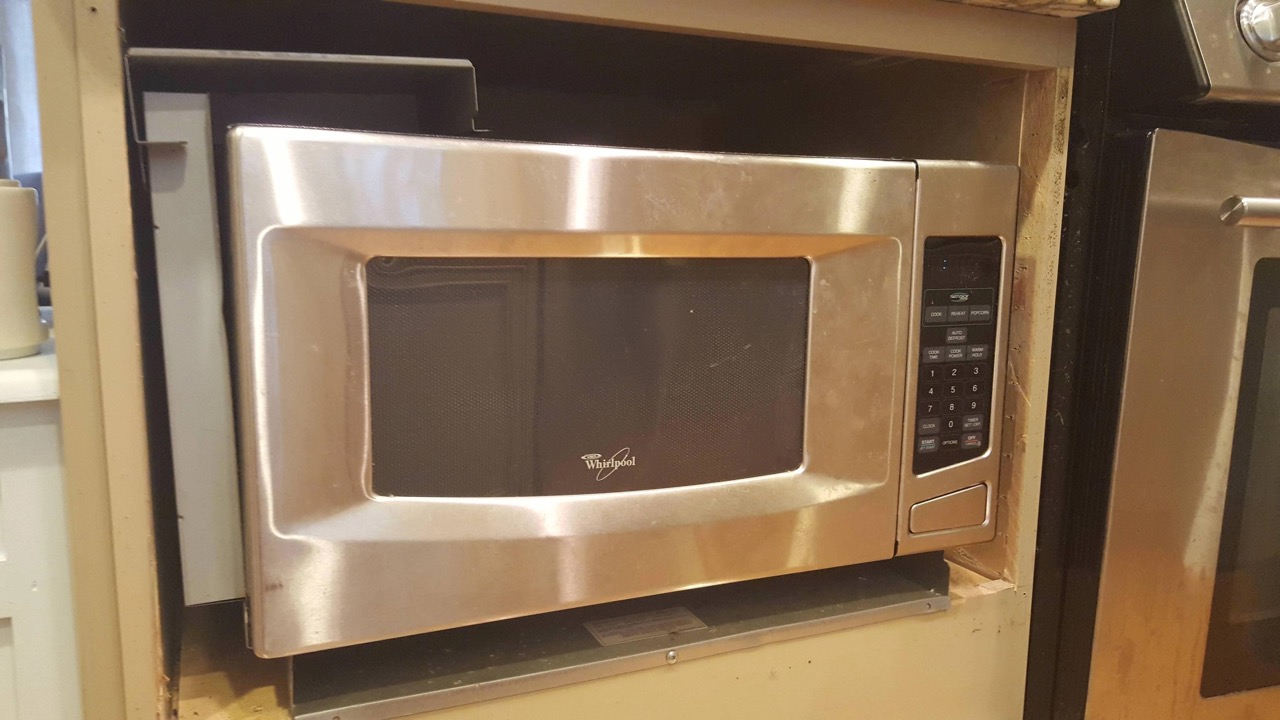
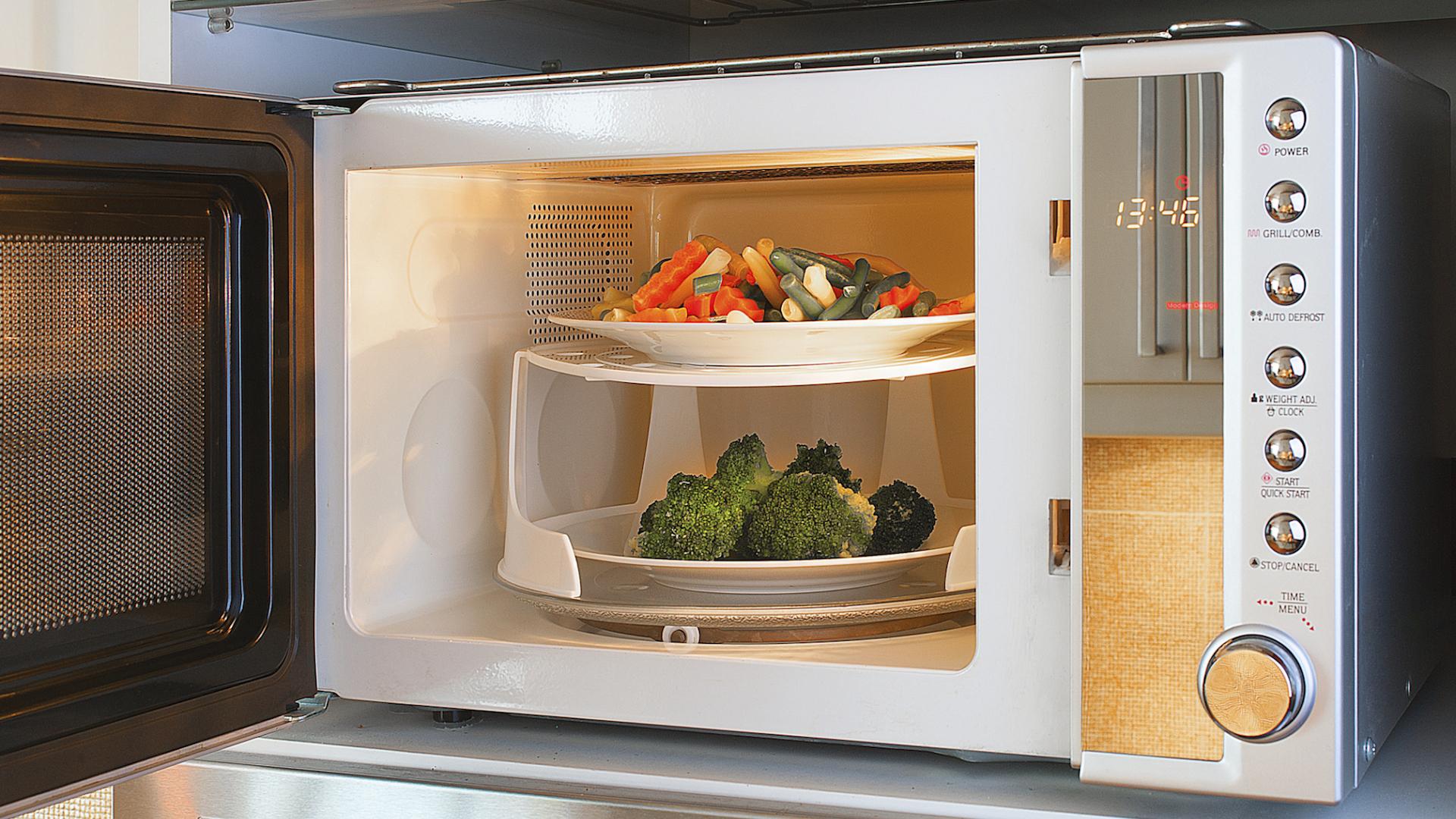
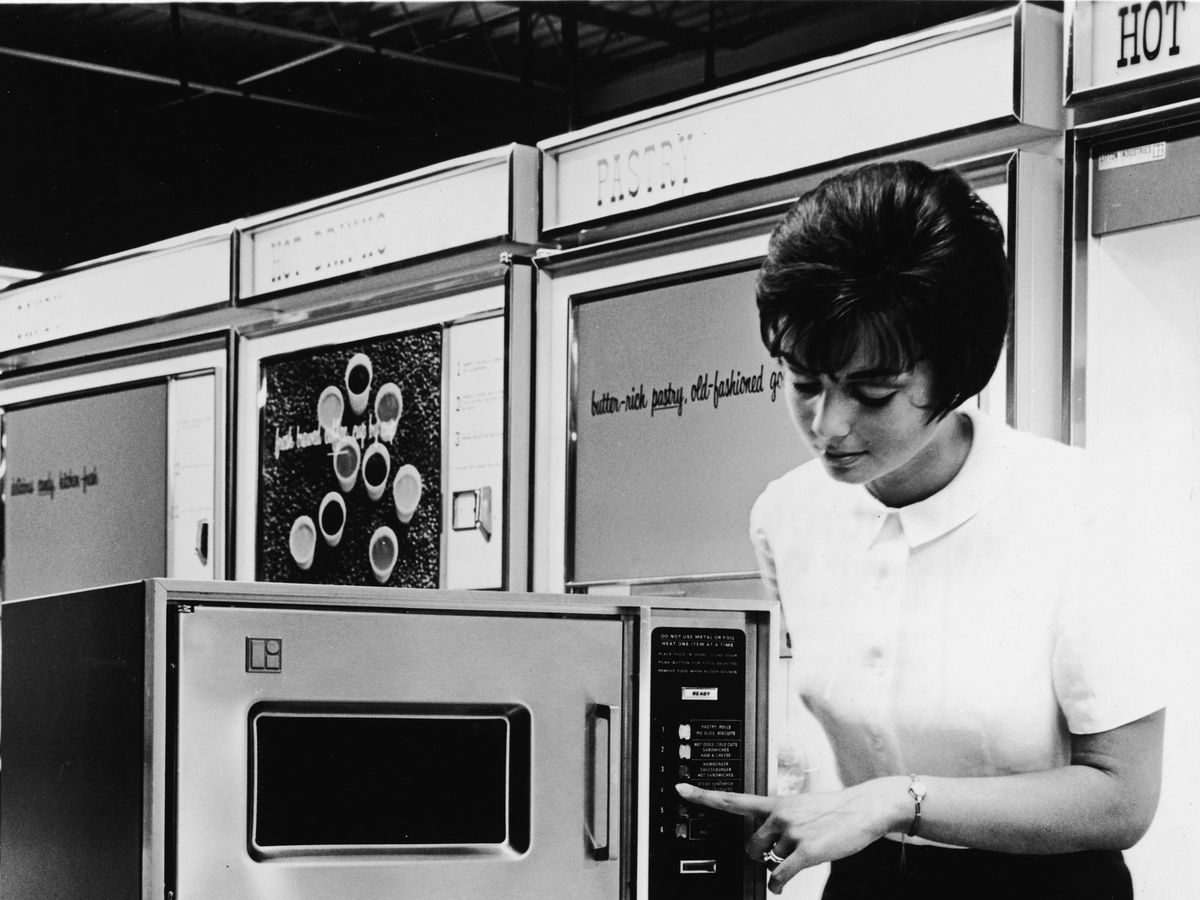
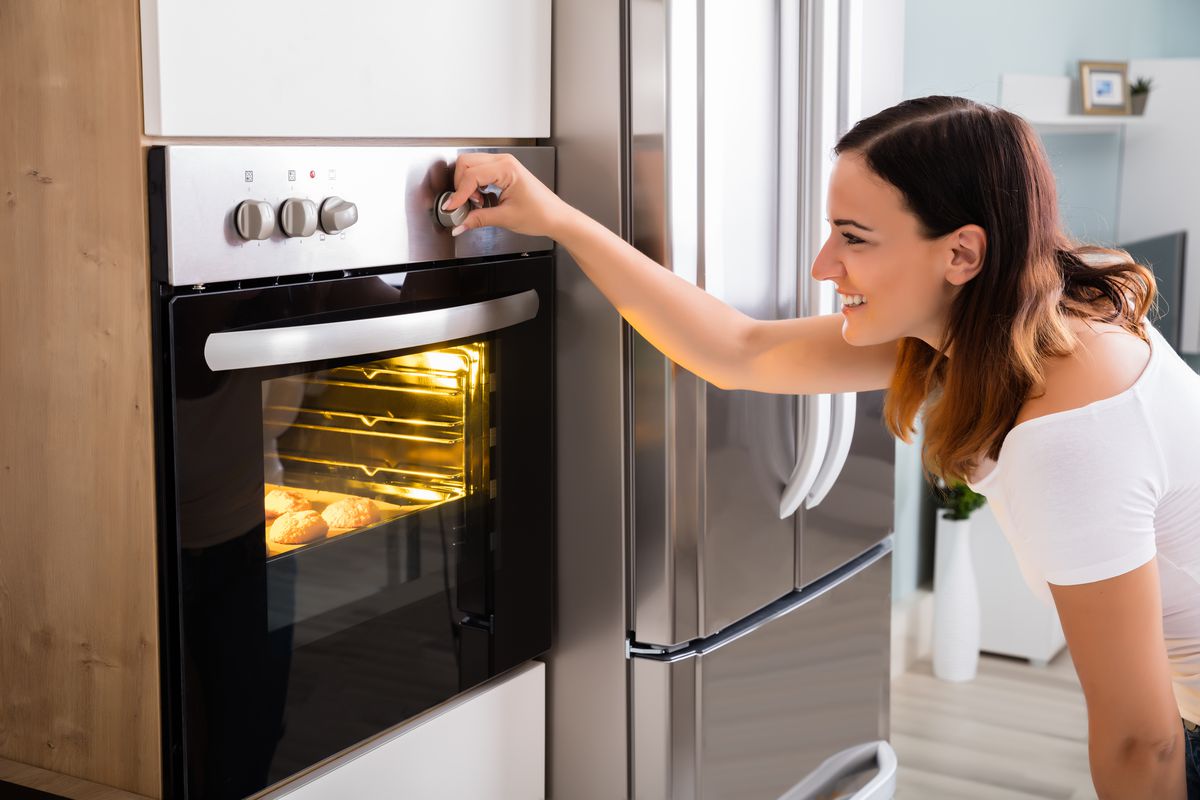
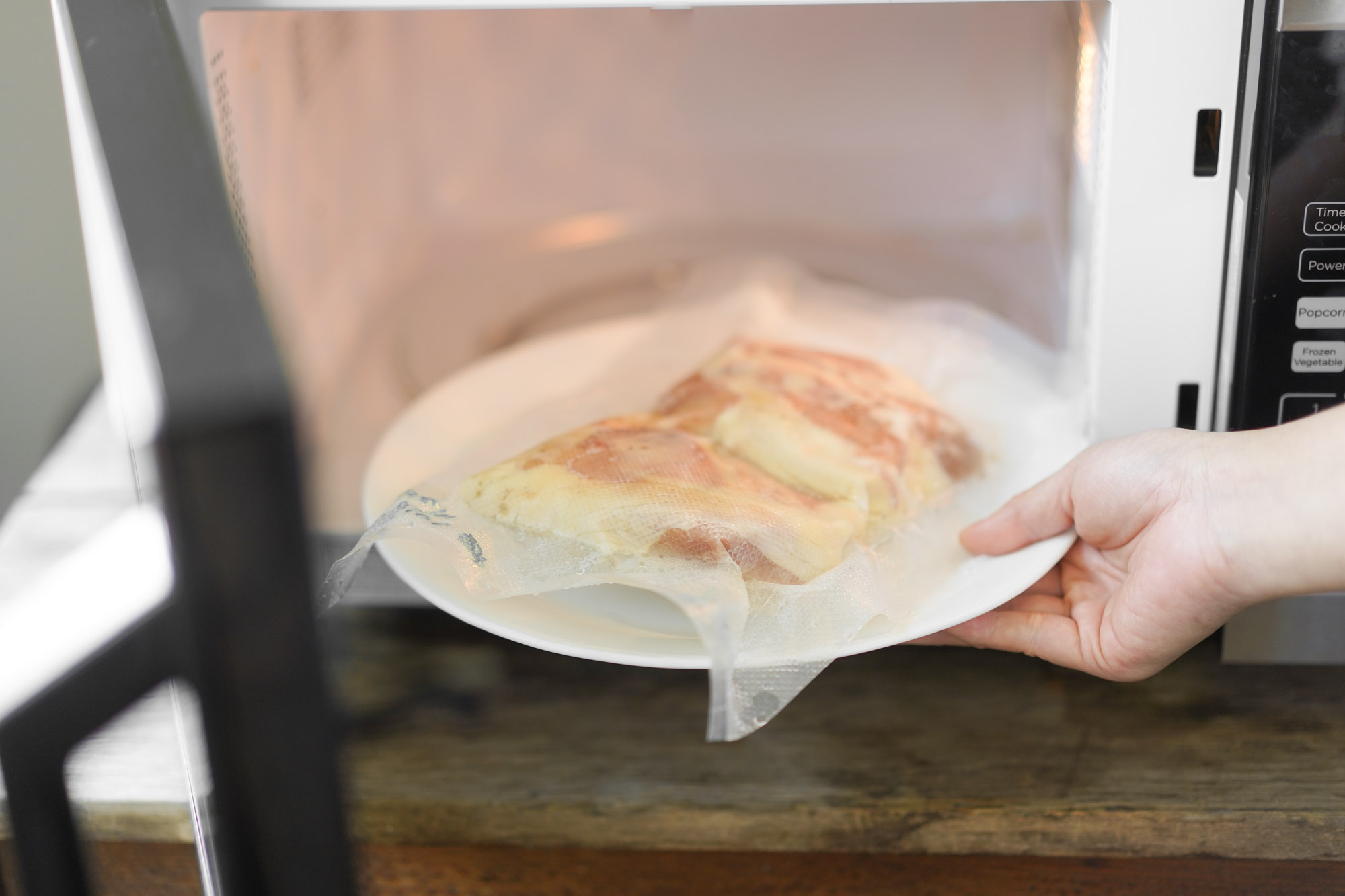
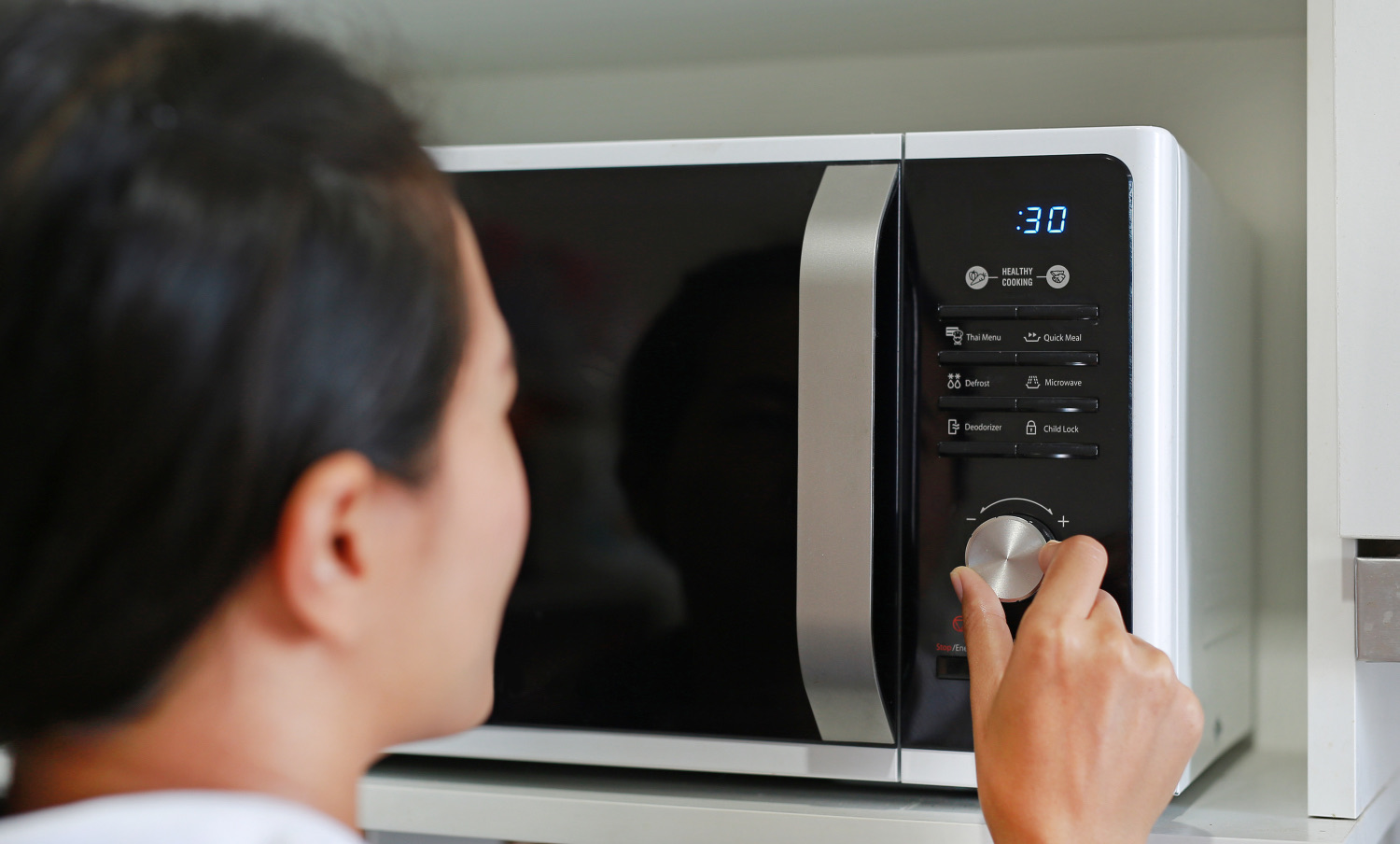
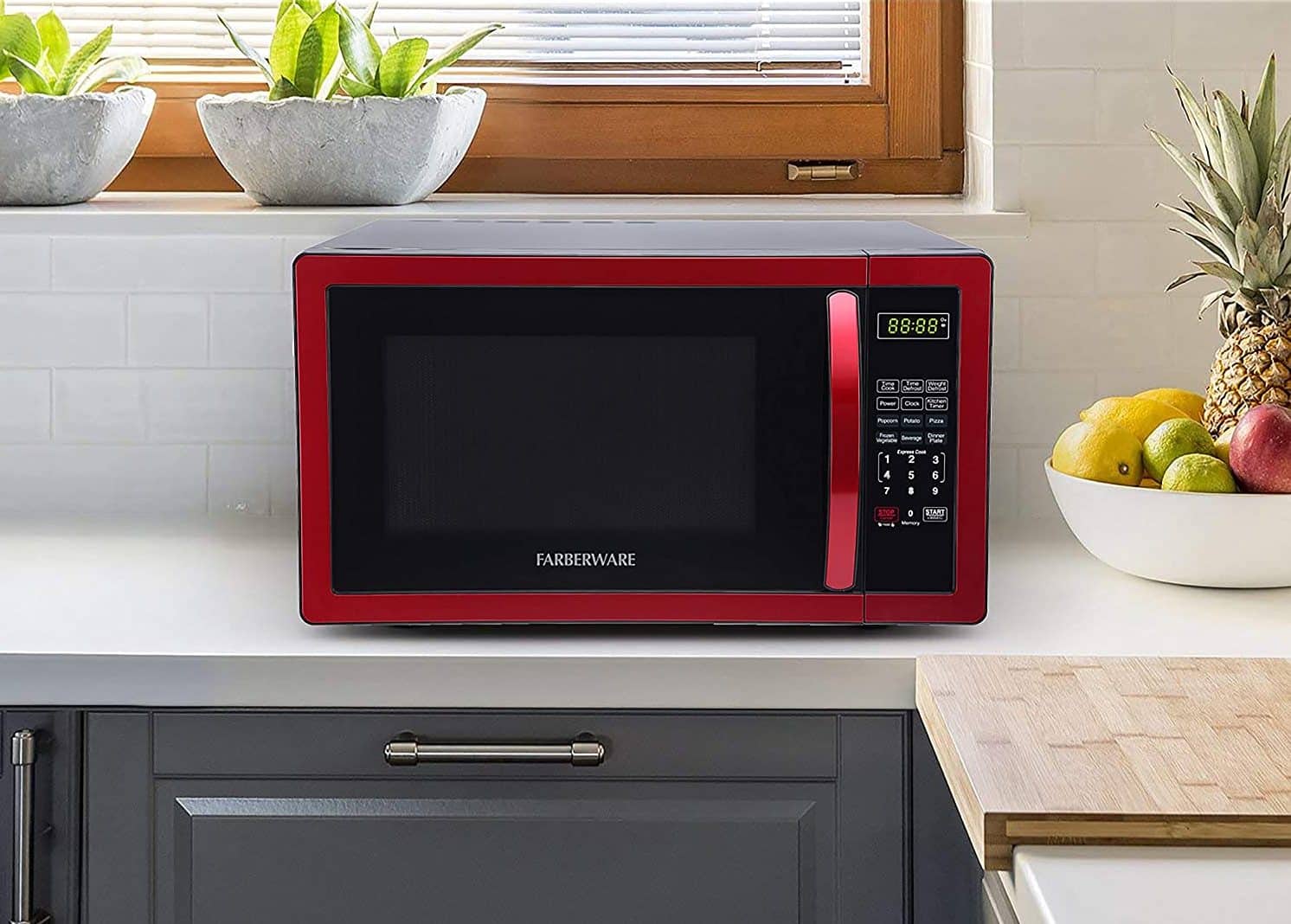
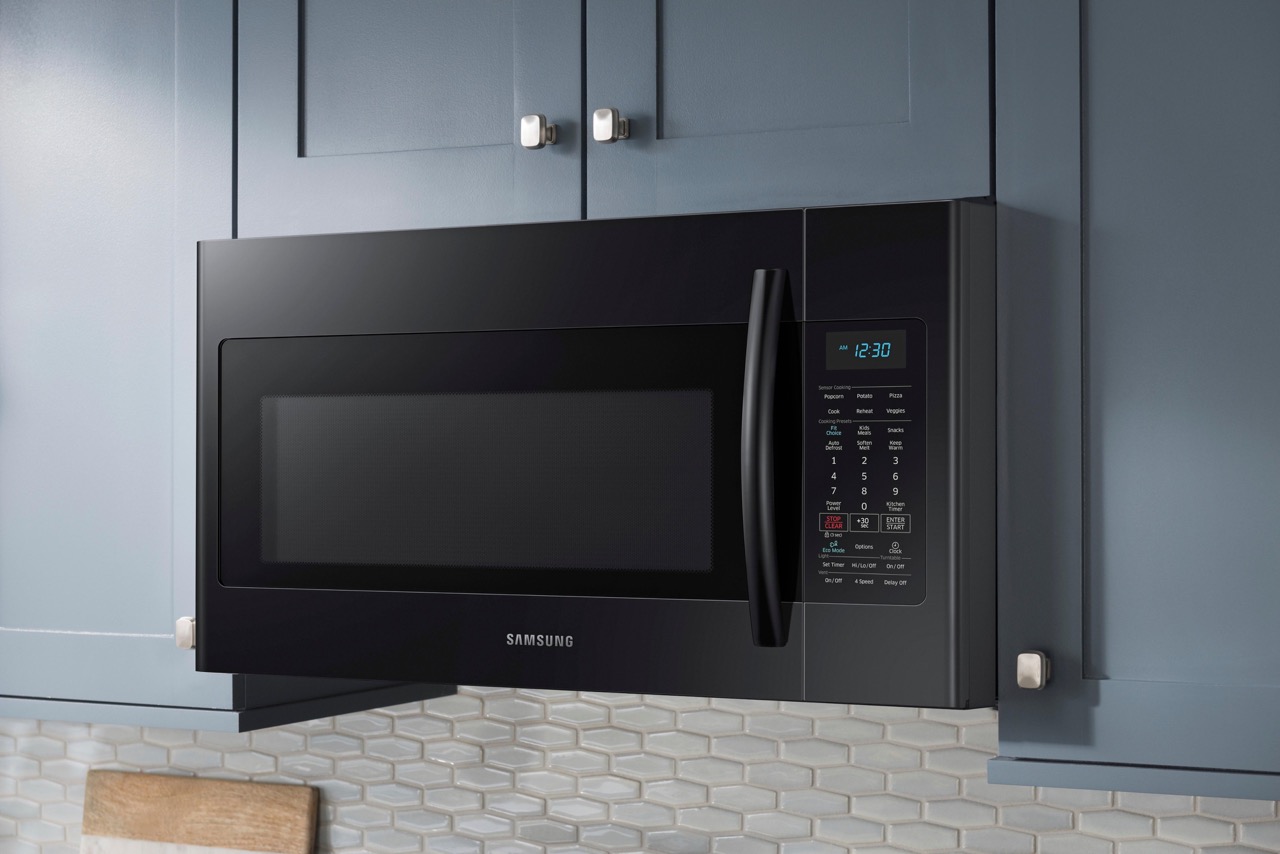
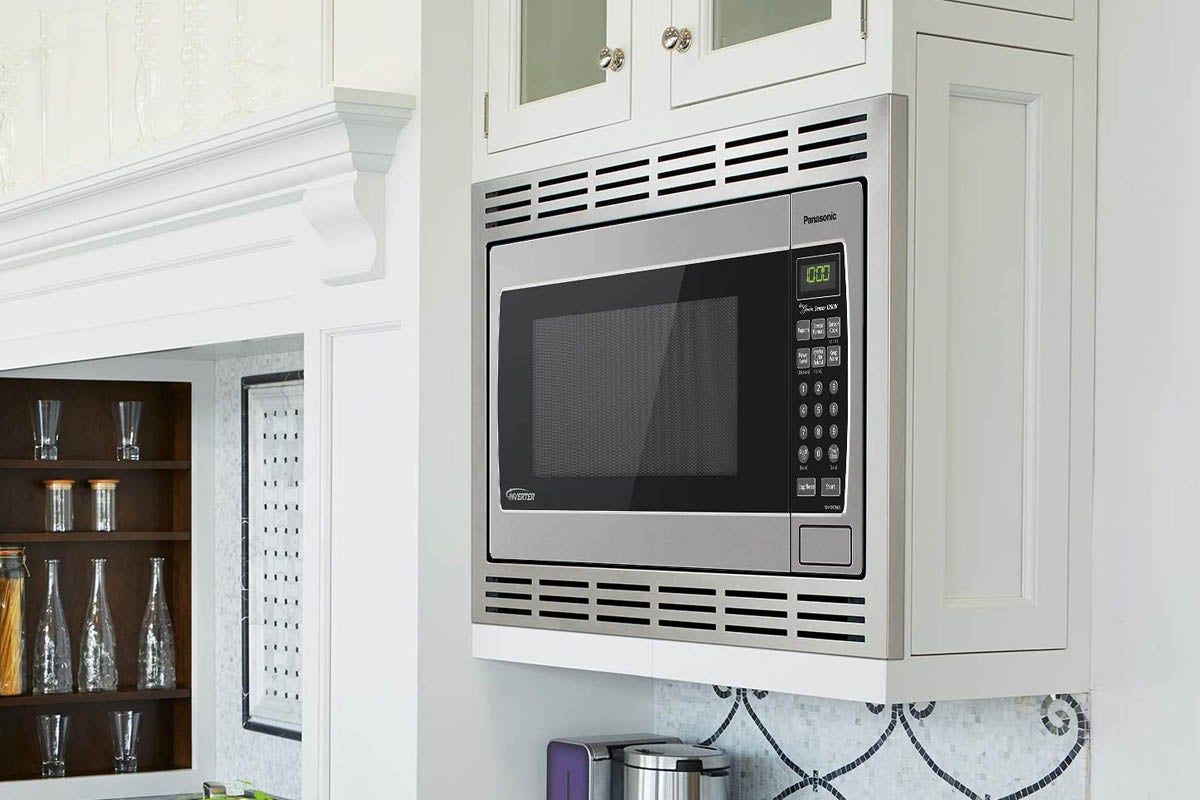
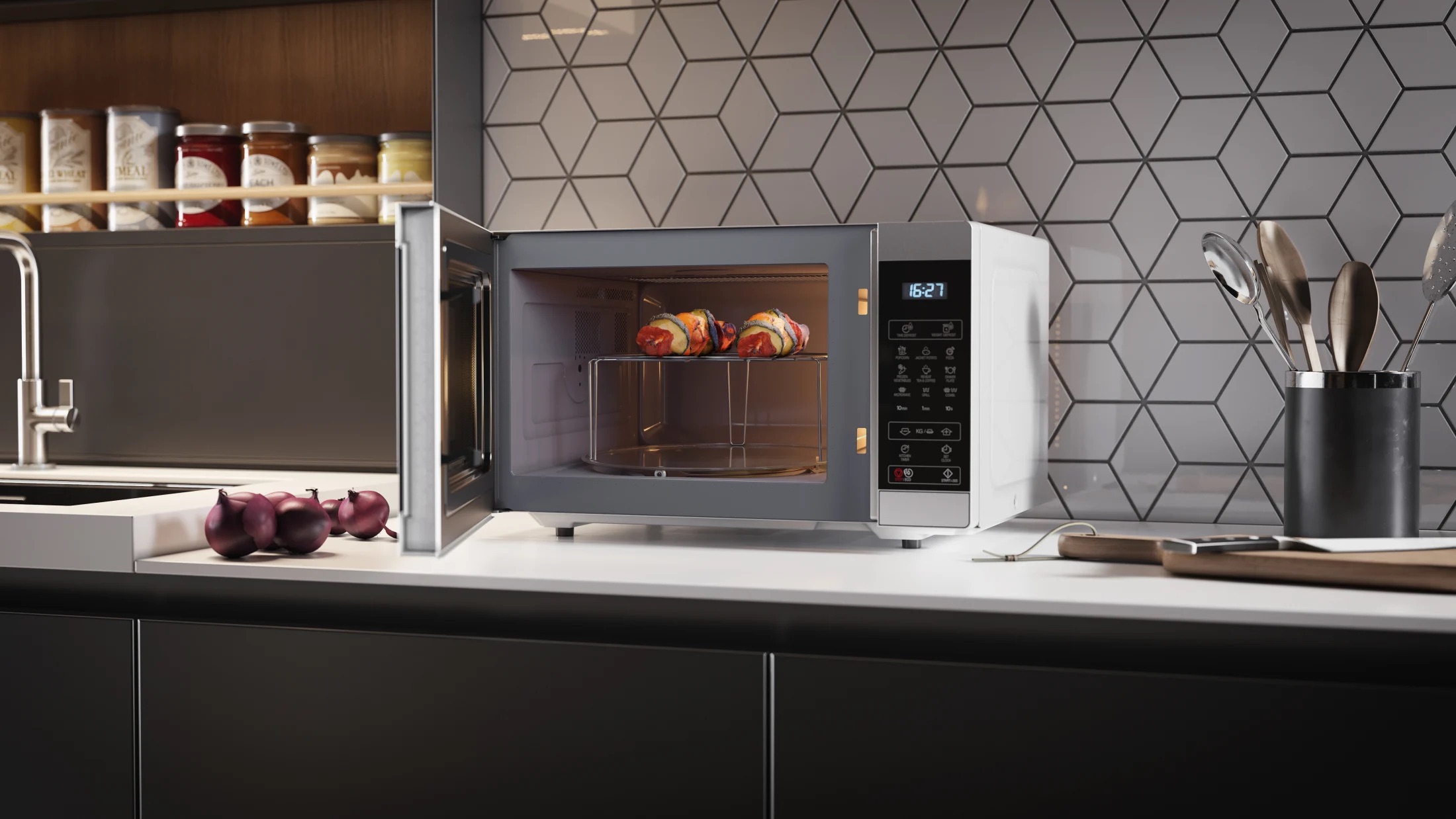
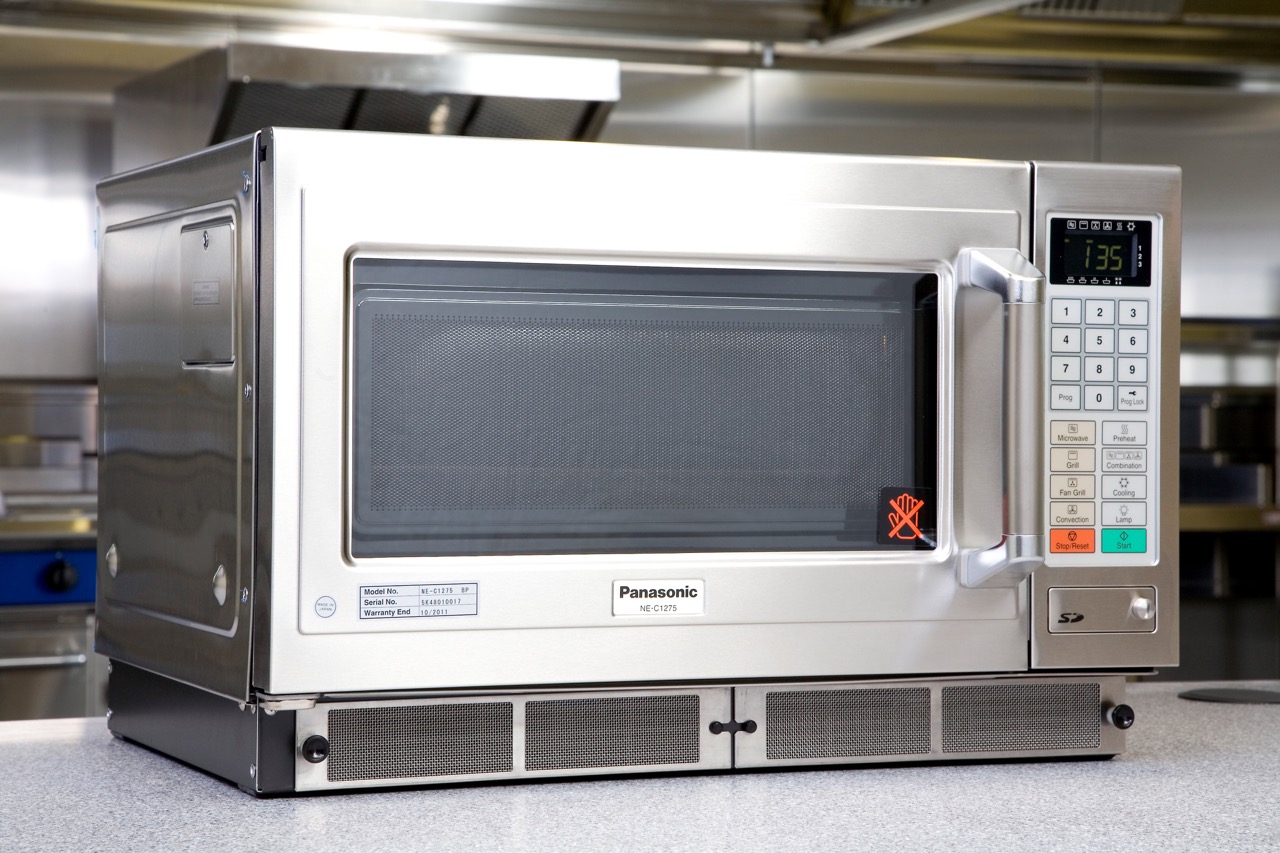

0 thoughts on “How To Repair A GE Microwave Oven”